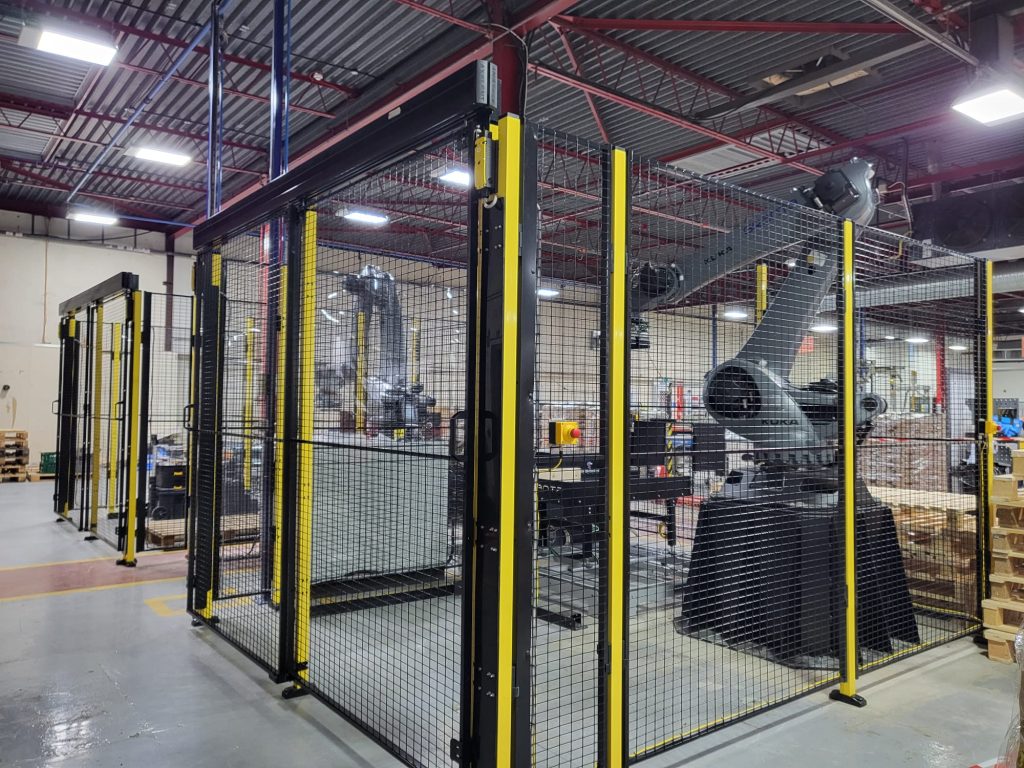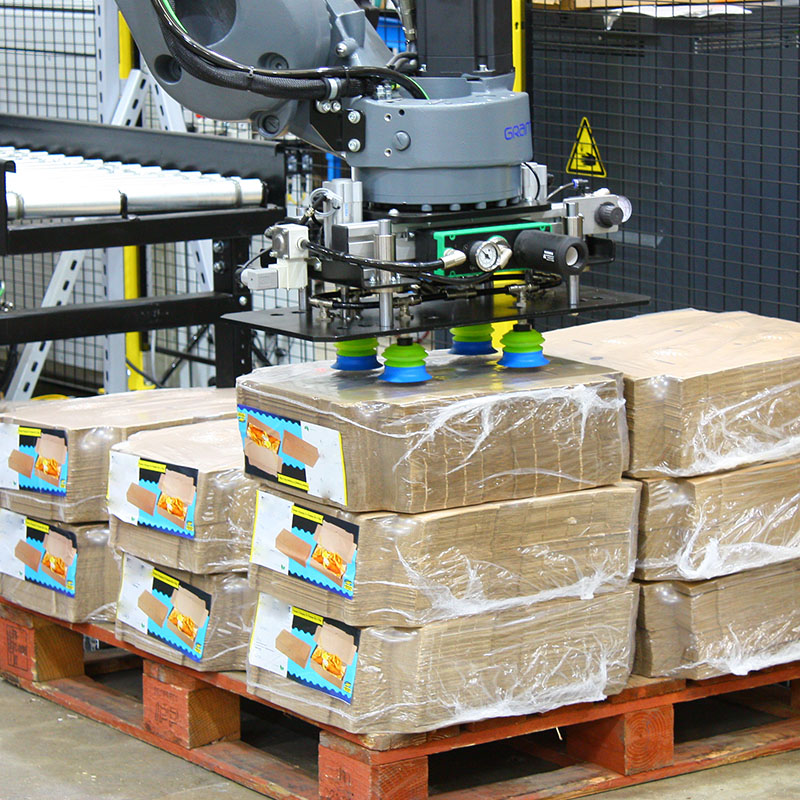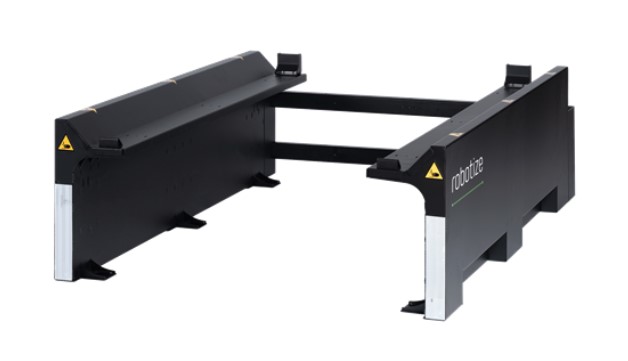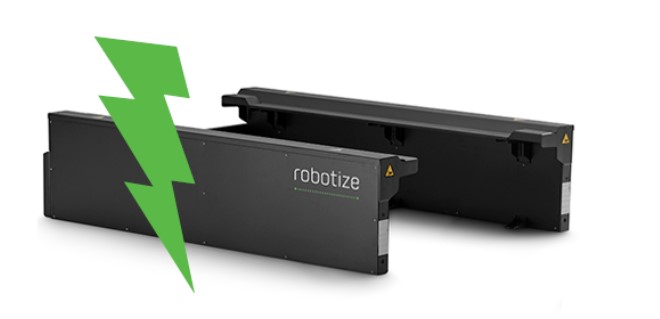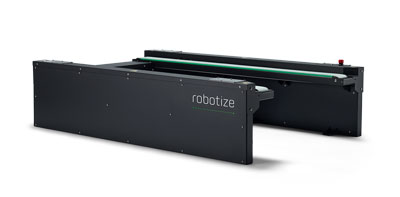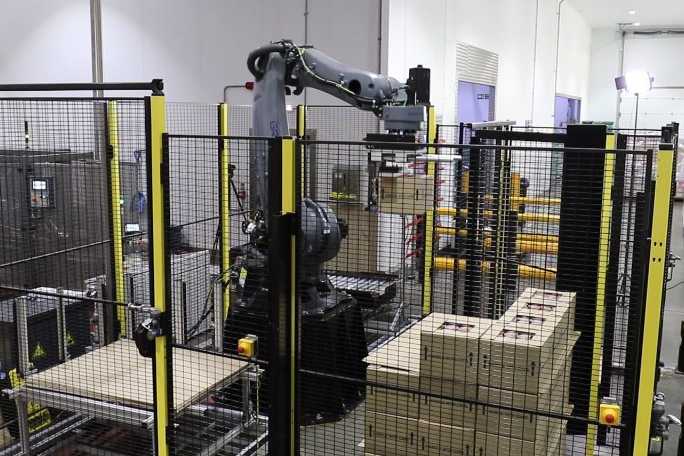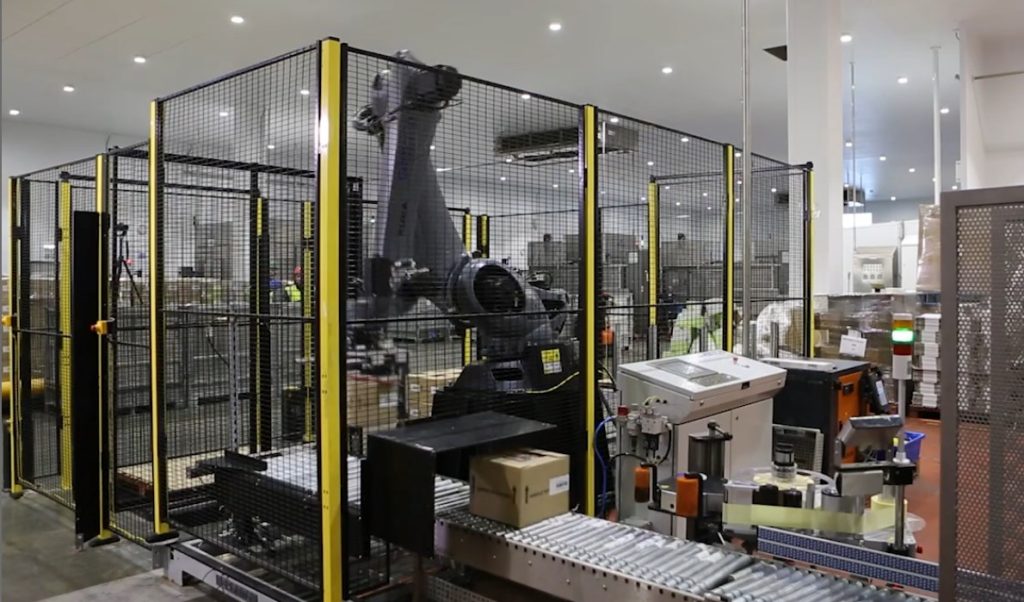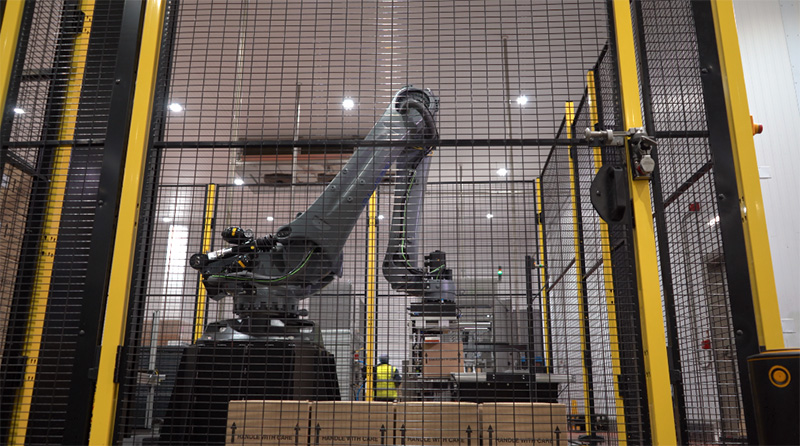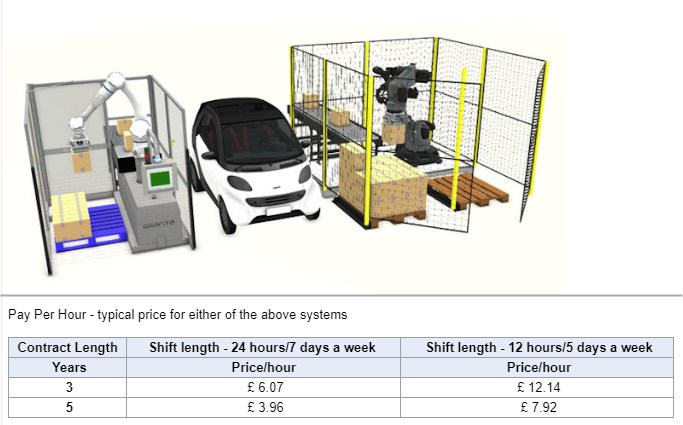In the competitive and dynamic landscape of manufacturing, efficient asset management is essential for maintaining operational efficiency, enhancing productivity, and driving profitability. Capex managers are at the forefront of this effort, responsible for overseeing the lifecycle of assets from acquisition to disposal and devising effective maintenance strategies to ensure equipment reliability and longevity. This article explores the critical aspects of asset management, focusing on lifecycle management and maintenance planning, and provides actionable insights for capex managers in the manufacturing sector.
Lifecycle Management: From Acquisition to Disposal
1. Asset Acquisition:
- Needs Assessment: The initial phase of asset management involves a comprehensive needs assessment to identify the necessity for new equipment or machinery. This includes a detailed analysis of current operational capabilities, pinpointing gaps or inefficiencies, and determining the specific requirements for new assets.
- Vendor Selection: Selecting the right vendor is a critical decision that can significantly impact the long-term performance and cost-effectiveness of assets. Capex managers should evaluate potential vendors based on their reputation, reliability, cost, after-sales support, and the quality of their products.
- Total Cost of Ownership (TCO): It is essential to consider the total cost of ownership rather than just the initial purchase price. TCO includes maintenance, operating costs, energy consumption, downtime costs, and the expected lifespan of the asset. A thorough TCO analysis ensures a more informed and financially sound acquisition decision.
2. Asset Utilisation:
- Optimal Deployment: Once acquired, assets must be deployed strategically to maximise their usefulness and integrate seamlessly into the manufacturing process. This involves careful planning of asset placement and ensuring that operators are well-trained and capable of using the equipment efficiently.
- Performance Monitoring: Regular and systematic monitoring of asset performance is crucial. Key performance indicators (KPIs) such as uptime, throughput, efficiency, and quality metrics should be tracked. Advanced analytics can be used to interpret these KPIs and provide actionable insights for continuous improvement.
3. Maintenance and Upgrades:
- Scheduled Maintenance: Implementing a routine maintenance schedule is vital for ensuring that assets operate at peak efficiency and reducing the likelihood of unexpected breakdowns. Maintenance activities should be planned and executed based on the manufacturer’s recommendations and operational requirements.
- Technological Upgrades: Periodically upgrading assets with the latest technology can significantly enhance performance and extend their useful life. This may include software updates, hardware enhancements, or retrofitting existing machinery with advanced components to improve functionality and efficiency.
4. Asset Disposal:
- End-of-Life Assessment: When an asset reaches the end of its useful life, a thorough assessment should be conducted to determine whether it should be refurbished, repurposed, or disposed of. Factors such as the asset’s condition, technological relevance, and potential resale value should be considered.
- Sustainable Disposal: Environmentally responsible disposal methods should be prioritised to minimise the environmental impact. This includes recycling, donating equipment to educational institutions or non-profits, and ensuring compliance with environmental regulations.
Maintenance Planning: Ensuring Optimal Performance and Longevity
Effective maintenance planning is a cornerstone of asset management, ensuring that equipment remains operational and efficient throughout its lifecycle.
1. Preventive Maintenance:
- Regular Inspections: Conducting regular inspections helps identify potential issues before they result in equipment failure. This includes routine checks of critical components and systems, ensuring that they are in good working condition and any signs of wear or damage are addressed promptly.
- Scheduled Servicing: Adhering to a manufacturer-recommended service schedule helps maintain the reliability and efficiency of assets. Scheduled servicing activities include lubrication, calibration, part replacements, and other routine maintenance tasks that prevent equipment deterioration and extend its operational life.
2. Predictive Maintenance:
- Condition Monitoring: Utilising sensors and technology to monitor the real-time condition of assets can predict potential failures. Depending on the type of asset, parameters such as vibration, temperature, and noise levels can be continuously monitored to detect anomalies that may indicate impending issues.
- Data Analytics: Leveraging advanced data analytics to interpret condition monitoring data provides deep insights into asset health. Predictive maintenance models can forecast maintenance needs, allowing for timely interventions and reducing unplanned downtime.
3. Corrective Maintenance:
- Root Cause Analysis: When equipment failures occur, performing a root cause analysis is essential to understand the underlying issues and prevent recurrence. This involves a systematic investigation to identify the cause of failure and implement corrective actions.
- Timely Repairs: Promptly addressing identified issues through corrective maintenance minimises downtime and prevents further damage to the equipment. Quick and effective repairs restore the equipment to optimal working condition and maintain production continuity.
4. Maintenance Management Systems:
- Computerised Maintenance Management System (CMMS): Implementing a CMMS can streamline maintenance activities by automating scheduling, tracking work orders, and managing spare parts inventory. A CMMS improves maintenance efficiency, reduces administrative burdens, and enhances asset performance tracking.
- Integration with ERP: Integrating maintenance management with enterprise resource planning (ERP) systems provides a comprehensive view of asset performance, maintenance costs, and overall operational efficiency. This holistic approach aids in better decision-making and resource allocation.
By adopting a structured approach to managing assets from acquisition to disposal and implementing robust maintenance strategies, you can achieve optimal performance, reduce downtime, and extend the lifespan of their equipment. This not only enhances operational efficiency but also contributes to the overall financial health and sustainability of the manufacturing operation. Embracing technological advancements and integrating data-driven insights into asset management practices will empower you to drive continuous improvement and maintain a competitive edge in the industry.
If you would like to know more about the Granta palletising systems or AMR/AGV systems, then please do get in touch on 01223 499488 or contact us at helpline@granta-automation.co.uk. We will be very happy to help.
Find out more…
- Ways To Speed Up The Palletising Process In Production
- How To Automate Cross Palletising and Depalletising from UK to Euro Pallets
- How Cycle Time Reduction Improves Operational Efficiency
- Autonomous Mobile Robot (AMR) Pallet Stations, Charging Stations, and Conveyor Stations
- Mastering Budget Planning: Advanced Methods for Planning and Allocating Capital Budgets in Manufacturing







